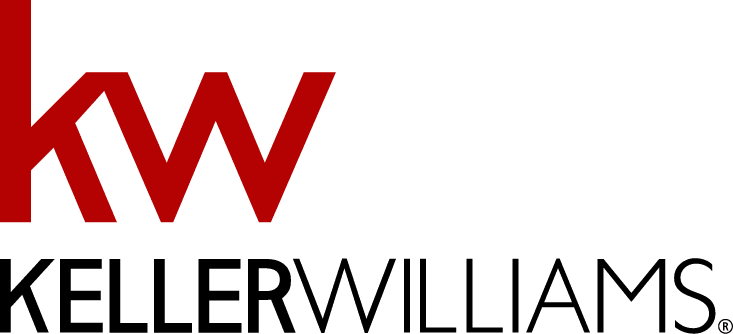When purchasing an investment property, you need to make sure that you are making a wise decision and that you will be able to make money from that property. You will want to know how to calculate cash on cash return for real estate. Let’s take a closer look at what this means and how you can get the information you need.
Understanding ROI on an Investment Property
The return on investment is simply a measurement of how much profit you can make on an investment as a percentage of the cost of that investment.
When measuring the return on investment for an investment property, it’s important to remember that calculations can be manipulated, and that certain variables, some of which you will have no control over, may skew them. For example, if there were problems in the market and the demand for rentals in the area changed, it could affect how much you could make on the property. Other variables, such as regular maintenance costs and unexpected emergency repairs will cause the numbers to change, as well.
The Cap Rate
One of the most important elements to consider when making an investment decision is the capitalization rate, or cap rate. The cap rate is the ratio of the property’s net income to its purchase price. This will make it easier for investors to compare properties by looking at the rate of return on the investment made in the property. It’s a good idea to always calculate the cap rate when you are making a decision on a property.
To determine the cap rate, you will first need to calculate the yearly gross income of the property. Essentially, you want to know how much money you will be making in rent from that property for a year. If the rent is $1,000 a month, the gross income from the property would be $12,000 per year.
You then need to subtract all of the operating expenses. These expenses would include any costs for property management, maintenance, taxes, and insurance. Let’s say that this comes out to $4,000 per year, or $8,000 in net income. This will then be divided by the purchase price of the property to give you a percentage, which will be your cap rate.
As mentioned, you’ll compare this number to other potential investment properties and find those that have the highest cap rate possible. This will typically ensure that you are getting the best possible investment property. Again, you do need to consider that there could be variables that could throw the numbers off, so the cap rate shouldn’t be the sole factor when you are trying to determine whether to invest or not.
Use Accurate Numbers
When you are considering the type of investment properties you want to buy, it is a good idea to compare the cash on cash returns from one investment to another. Those that have a higher return will typically be the better overall investment.
As you are making your calculations, it’s important that you ensure that your gross income and your operating expenses are as accurate as possible. Otherwise, it could throw off the results, as it will only be as accurate as your numbers are. In fact, even if the numbers are only slightly off, it could mean that the actual profit is much lower than what you expected, and that is the last thing anyone wants from an investment property.
Related: Ask an expert through LiveChat.
This is a simplified way of understanding the potential of a property that you want to use as an investment. However, it shouldn’t be the only factor that you are considering or the only formula that you use when you are making a decision.
How To Calculate the GRM
GRM stands for gross rent multiplier, and it’s easy to calculate. As with calculating the return on the investment, this method is not entirely precise for getting a true value. However, it does work well as an assessment tool, so you can then start to look at certain interesting properties further to determine whether they will be worth your time and money.
To get the GRM for properties that have recently sold, you can divide the market value by the annual gross income. To use the GRM to estimate the property market value of a home, you could multiply the GRM by the annual income of the property. Using this formula can help you quickly see whether a piece of property is underpriced or overpriced and can help you make better investment decisions.
The Difference Between Return on Investment (ROI) and Cash on Cash Return
While there may be some similarities between the two, the ROI and the cash on cash return are different. The Return on Investment (ROI) is essentially how much money you get back. Calculating the return on investment is simple; divide the investment gain by the investment cost.
Let’s look at a very simplified example. If you were to buy a property for $200,000 and you later sold it for $220,000, you would have a return on investment of 20%, or $20,000. The amount of money you received when selling the property, minus the total investments made to the property, will be your return on investment.
The cash on cash return is used to compare the income from rental properties and other real estate investments. In the above example, if you put $20,000 down on the property, including commissions and closing, then the cash on cash return would be 100%. If you paid cash, then the return on investment and the cash on cash return would be equal.
If you bought a house for $200,000 and then sold it for $220,000, but you put 20% (including the closing and commission costs) the return on investment is 20%, but the cash on cash return would be just 50%.
The calculation for the cash on cash return is relatively simple. You will determine the ratio between the first year cash flow that you anticipate from a property and the amount of cash that has been investing when acquiring the property. Simply divide the cash flow by the cash invested.
Do Plenty of Research
While these calculations tend to be very simple to do, and you can even find online calculators that can take care of the work for you, it’s important to remember that they should not be the only method of research that you consider. You need to dive deeper into the properties once you have considered the cash on return for the properties that you are considering. Make sure that they are truly the best decision for your investments, and that they will continue to be good investments for years to come.
By adding some additional research, you can weed out the properties that might look good on paper, but that would end up being more hassle than most investors want to deal with in practice. A little research really does go a long way.
Calculating your cash-on-cash return, ROI, cap rate, and GRM can get confusing but there’s no doubt it’s beneficial to know these values. Donald La, licensed commercial real estate broker, is an expert in these calculations for any commercial property. Contact Donald if you’d like to get a free consultation on how to calculate your cash-on-cash return, ROI, cap rate, and GRM for your property.

